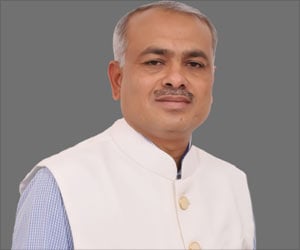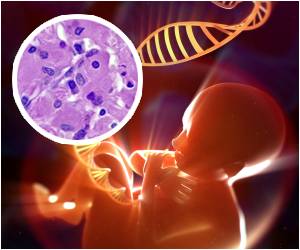Globally, there are 7000 rare diseases and counting. In India, there are nearly 7 crore people affected by a rare disease.

What is a Rare Disease?
There is no universally accepted definition of a rare disease and each country has evolved its own definition accounting for its total population and prevalence and frequency of such diseases. In the USA, a rare disease is defined by its prevalence as “a disease that affects less than 200,000 persons.” Currently, India does not have a standard definition for rare diseases. Considering India’s total population, Rajasimha, et al., (2014) suggest that a rare disease can be defined as 1 in 5000.Challenges With Rare Diseases
Globally, there are 7000 rare diseases and counting. In India, there are nearly 7 crore people affected with a rare disease. In the state of Karnataka alone, there are around 30-40 lakh affected population. Despite the huge and growing numbers, rare diseases do not figure anywhere in our country’s public health policy. Even the draft National Health Policy 2015 does not contain any reference to rare diseases.As the classification implies, rare diseases involve difficulties in diagnosis, where the average time to diagnose a rare disease is around 7 years and depends on the availability of treatment, as many of the rare diseases do not have any definitive therapies, for example, Niemann-Pick Disease. Rare diseases also lack established clinical protocols for care and management and access to drugs, where orphan drugs used to treat rare diseases are often inaccessible and expensive.
In India, many children with rare diseases do not live beyond the age of 5. Inaccessible treatment and expensive drugs take a financial toll on the families who are often wiped out economically by the presence of a rare disease.
High morbidity rates and dismal quality of life presents a hopeless situation for patients and families. In the light of the above challenges, it is absolutely necessary for all states in India to enact a rare disease policy.
It is also imperative in the near future to have a national policy of rare diseases similar to the US (Rare Diseases Act 2002 and Rare Diseases Orphan Product Development Act 2002) and European Union (EU Council Recommendation on a European action in the field of rare diseases in 2009, EU Regulation on Orphan Medicinal Products in 1999).
The Draft Framework and First Steps for a Rare Disease Policy
Recognizing the challenges and the need for a health policy on rare diseases to attain the goal of universal healthcare for all, the Karnataka Vision Group for Biotechnology along with other state healthcare agencies supported the drafting of a framework for the state’s first rare disease policy. Karnataka has significant research and innovation capabilities in biotechnology and genomic sciences to support the positive action for rare disease communities.The document was framed considering EU’s recommendation on the action for rare diseases which includes the following strategies:
- Prevention, diagnosis and screening
- Access to treatment
- Multidisciplinary care
- Research
- Access to information and support
- Evolving a suitable definition and classification of rare diseases for India.
- Identification, prevention and diagnostics – the need for antenatal and prenatal testing, newborn screening, timely diagnosis and early intervention. All these strategies are a must towards improving the quality of life for people with rare diseases and prevent early morbidity and complications.
- Treatment and care – a model of care, which includes primary care and specialist, care with access to genetic testing and sequencing for targeted therapies. Interdisciplinary care coordination and management for improved outcomes.
- Paramedical and palliative care support – basic centers with trained staff to provide simple services like giving injections, IV and infusions, changing tracheotomy tubes, etc.
- Orphan drugs and devices – an orphan drug act providing incentives for pharma and biotech companies to develop indigenous drugs, generic molecules and biosimilars for rare diseases. Medical devices will also be developed and manufactured at affordable rates. Dietary supplements will also receive similar concessions.
- Disease surveillance program – monitoring and documentation of incidence and prevalence of rare diseases in the state.
- Research – towards improving therapeutics for rare disease care.
- Health education – towards educating medical students and practicing clinicians in rare disease-related issues.
- Facilities and support systems – including a health insurance program for patients, access to inclusive education and caretaker aid (to provide relief for the family who may be the primary caregivers).
References:
- http://rareadvocates.org/rare-disease-acts-of-2002/
- http://www.eurordis.org/content/overview-national-rare-disease-policies
- http://rarediseases.org/
- http://ordindia.org/
- Rajasimha, H., Shirol, P., Ramamoorthy, P., Hegde, M., Barde, S., et al., (2014). Organization for rare diseases India (ORDI) – addressing the challenges and opportunities for the Indian rare diseases’ community. Genetics Research, Cambridge Press (2014), vol. 96, e009.doi:10.1017/S0016672314000111












